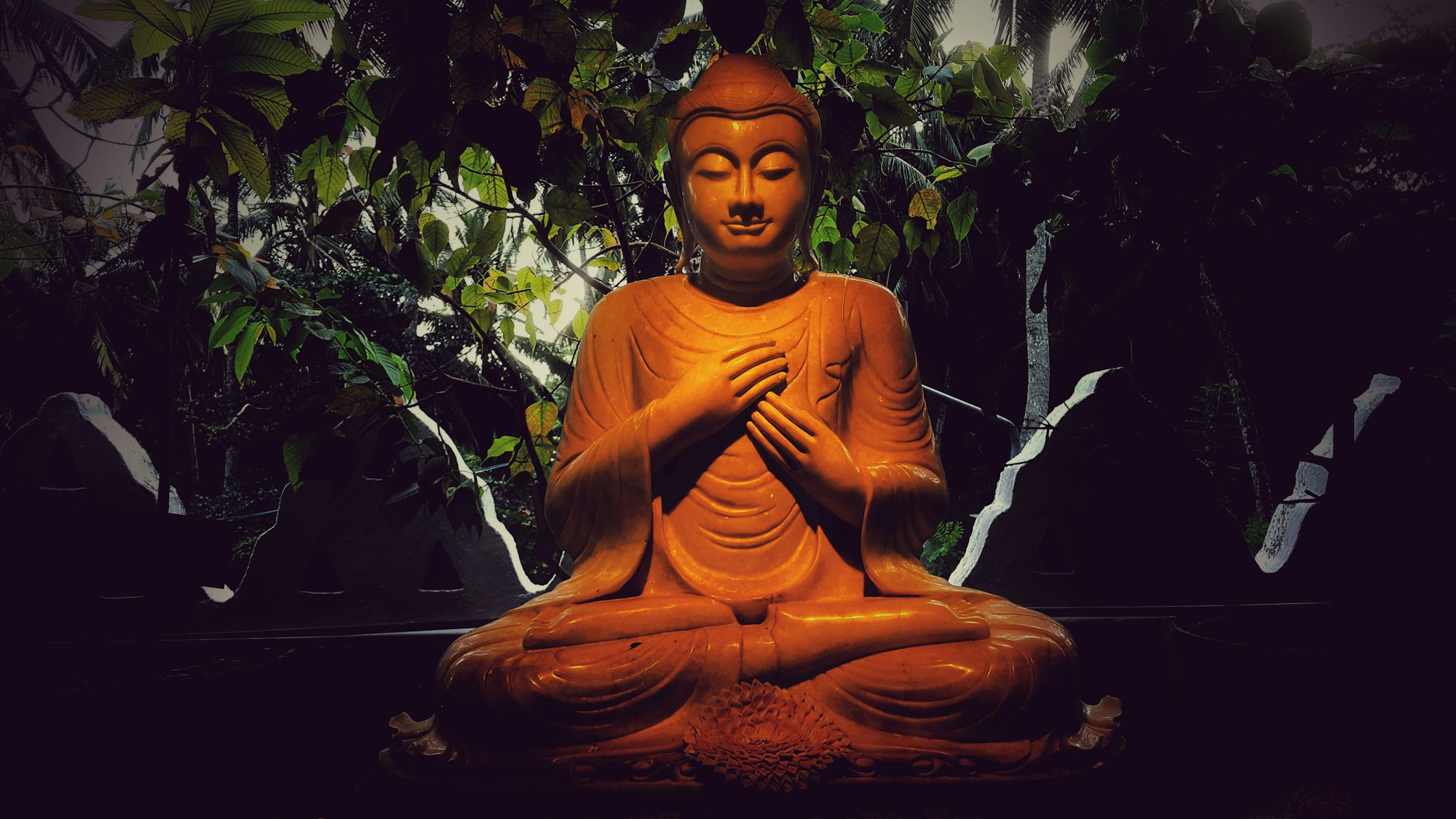In today’s bustling world, finding moments of tranquility can be a challenge. The demands of everyday life often leave us feeling overwhelmed, anxious, and disconnected from our true selves. Meditation, a practice rooted in ancient traditions, offers a powerful antidote to the chaos of modern living. By dedicating time to cultivate inner peace and clarity, individuals can experience profound transformations in their mental and emotional well-being. This article delves into several meditation techniques—including Mindfulness Meditation, Transcendental Meditation, Loving-Kindness Meditation, Body Scan Meditation, Zen Meditation, Guided Visualization, Breath Awareness, Chakra Meditation, and Mantra Meditation—providing insights on how to incorporate these practices into daily life for optimal benefits.
Mindfulness Meditation: Cultivating Present-Moment Awareness
Mindfulness meditation is a practice that encourages individuals to immerse themselves in the present moment. This technique involves focusing on the breath, bodily sensations, or the surrounding environment, all while observing thoughts and feelings without judgment. The essence of mindfulness lies in cultivating a heightened awareness of our experiences, allowing us to embrace life as it unfolds.
Incorporating mindfulness into daily activities can be transformative. Simple tasks, such as drinking tea or taking a walk, can become moments of meditation. By fully engaging in these activities and observing the sensations involved, individuals can foster a deeper connection to their surroundings and themselves. This practice not only enhances emotional regulation but also promotes a sense of calm and resilience in the face of challenges.
Research indicates that regular mindfulness practice can lead to improved focus, creativity, and overall life satisfaction. As individuals learn to respond to their thoughts and emotions with curiosity rather than reactivity, they create a mental space that encourages innovative thinking and problem-solving.
Transcendental Meditation: The Art of Effortless Relaxation
Transcendental Meditation (TM) is a technique that involves silently repeating a specific mantra to achieve a state of deep relaxation and heightened awareness. Practitioners typically spend 20 minutes, twice a day, seated comfortably with their eyes closed, allowing their minds to settle into a state of tranquility.
The simplicity of TM makes it accessible for those with busy lifestyles. Even in the midst of a hectic day, taking a moment to engage in this practice can yield significant benefits. Many individuals find that their creativity flourishes during or after TM sessions, as the practice encourages a release of stress and mental clutter.
For those looking to integrate TM into their routine, it can be practiced during breaks at work or moments of quiet at home. The calming effects of TM can help individuals approach daily tasks with renewed energy and clarity, fostering a greater sense of well-being and productivity.
Loving-Kindness Meditation: Nurturing Compassion and Connection
Loving-Kindness Meditation, known as Metta, centers on cultivating feelings of love and compassion toward oneself and others. This practice involves silently repeating phrases of goodwill and gradually expanding these intentions to friends, family, neutral individuals, and even those with whom one may have conflicts.
The transformative nature of loving-kindness meditation lies in its ability to enhance emotional connections and empathy. Regularly engaging in this practice can lead to increased positive emotions and a more compassionate outlook on life. As individuals learn to extend love and kindness, they often find that their relationships deepen and their overall emotional resilience grows.
Incorporating loving-kindness meditation into daily routines can be as simple as setting aside a few minutes each day to reflect on positive intentions. This practice not only enriches personal relationships but also contributes to a more harmonious and fulfilling life.
Body Scan Meditation: Reconnecting with the Physical Self
Body Scan Meditation encourages practitioners to systematically direct their attention to different parts of the body, promoting relaxation and awareness of physical sensations. This technique aids in recognizing areas of tension and consciously releasing them, fostering a greater connection to the body and its needs.
Incorporating body scan meditation into a daily routine can serve as a powerful tool for stress relief. Taking a few moments to practice body scanning can be particularly beneficial before sleep or during breaks, allowing individuals to unwind and rejuvenate.
As practitioners become more attuned to their bodies, they can gain valuable insights into how physical sensations relate to their emotional and mental states. This heightened awareness fosters self-acceptance and encourages a holistic approach to well-being.
Zen Meditation: Embracing Stillness and Clarity
Zen Meditation, or Zazen, emphasizes the importance of posture and presence. Practitioners sit in a specific position, focusing on their breath while observing thoughts without attachment. This practice cultivates stillness and encourages a profound sense of awareness.
Even a few minutes of Zen meditation can create a space for clarity and reflection. As individuals engage in this practice, they may find that their thoughts become less chaotic, leading to improved concentration and emotional stability. Over time, the discipline developed through Zen meditation can enhance one’s ability to tackle complex challenges with ease.
Integrating Zen meditation into a daily routine fosters a greater sense of calm, allowing individuals to approach life with clarity and intention. By setting aside time for stillness, practitioners can create a sanctuary of peace amid life’s demands.
Guided Visualization: Imagining New Possibilities
Guided Visualization involves following verbal instructions to explore calming and imaginative scenarios. This technique encourages practitioners to engage their imagination, visualizing peaceful landscapes or desired outcomes, which can be particularly useful in goal setting and personal growth.
Incorporating guided visualization into daily routines can inspire creativity and motivate individuals to pursue their aspirations. By envisioning success in various aspects of life, individuals can unlock new potentials and cultivate a positive mindset.
Setting aside time for guided visualization can also provide a refreshing break from daily stressors. Whether through recorded audio or live guidance, this practice can serve as a powerful tool for rejuvenation and inspiration.
Breath Awareness Meditation: Grounding in the Present
Breath Awareness Meditation focuses solely on the act of breathing. Practitioners observe their natural breathing rhythm, using it as an anchor for awareness. This practice fosters a sense of calm and grounding that is essential for navigating daily challenges.
Incorporating breath awareness into your routine can be as simple as taking a few deep breaths during stressful moments or practicing mindful breathing during breaks. By training the mind to return to the breath, individuals cultivate a greater sense of presence and clarity, enhancing their ability to engage thoughtfully with the world.
Regularly practicing breath awareness can lead to improved emotional regulation and resilience, enabling individuals to approach challenges with a composed and centered mindset.
Chakra Meditation: Balancing Energy for Well-Being
Chakra Meditation focuses on the seven energy centers in the body. Each chakra is associated with specific attributes and emotions. Practitioners visualize each chakra, engaging with its energy to promote balance and harmony.
While this practice may seem complex, integrating chakra meditation into daily life can provide valuable insights into one’s emotional landscape. By addressing imbalances within the chakras, individuals can foster a sense of well-being and emotional clarity.
Practicing chakra meditation can enhance self-awareness and promote personal growth. Setting aside quiet moments to engage with your energy centers can lead to a deeper understanding of your emotional needs and strengths.
Mantra Meditation: The Power of Sound and Intention
Mantra Meditation involves repeating a specific word, phrase, or sound to maintain focus and encourage relaxation. This practice creates a soothing rhythm that can help quiet the mind and promote a sense of peace.
Incorporating mantra meditation into daily routines can enhance focus and clarity. Practicing this technique during quiet moments can serve as a powerful tool for grounding and inspiration, setting a positive tone for the day.
As individuals cultivate a regular mantra practice, they often find that their ability to concentrate improves, leading to enhanced creativity and problem-solving skills. This practice can be particularly useful for those seeking to integrate mindfulness into their busy lives.
Conclusion: The Journey Towards Inner Harmony
Meditation offers a diverse range of practices that can significantly enhance our emotional and mental well-being. By integrating techniques such as mindfulness, mantra, and visualization into our daily lives, we can cultivate a mindset that embraces peace, clarity, and emotional balance.
As we navigate the complexities of modern life, the art of meditation serves as a valuable ally in our pursuit of inner harmony. Each practice invites us to explore different aspects of our consciousness, fostering a deeper understanding of ourselves and the world around us. By embracing meditation as a daily practice, we embark on a transformative journey toward a more balanced and fulfilling existence.



